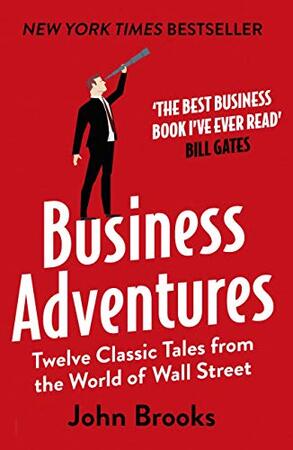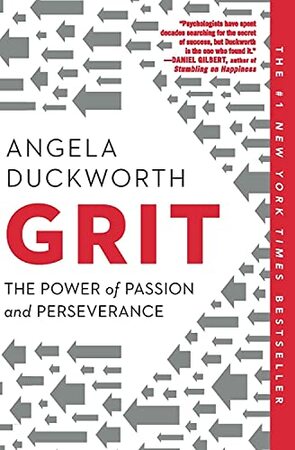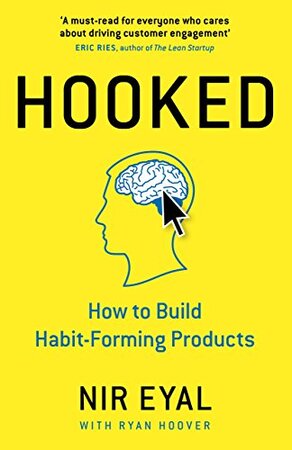
how to market a book
Introduction: Understanding the Publishing Landscape
Ricardo Fayet provides readers with a comprehensive overview of the modern publishing landscape. He illuminates the challenges and opportunities authors face in today’s crowded market, emphasizing the ever-evolving nature of the industry. Fayet highlights the rapid growth of self-publishing and the rise of digital platforms, which have democratized the publishing process and opened up new avenues for authors to reach readers. Moreover, he explores the shifting dynamics between traditional publishing houses and independent authors, illustrating the changing power dynamics within the industry. By understanding the intricacies of the publishing landscape, authors can better navigate the complexities of book marketing and position themselves for success in an increasingly competitive marketplace.
Establishing Foundations: Understanding Audience and Branding
Ricardo Fayet emphasizes the crucial step of establishing foundations before diving into marketing tactics. Central to this process is the thorough understanding of one’s target audience and the crafting of a compelling author brand. Fayet highlights the significance of conducting market research to identify the demographics, preferences, and behaviors of potential readers. By gaining insights into the audience’s needs and desires, authors can tailor their marketing strategies to effectively resonate with their target demographic. Additionally, Fayet stresses the importance of cultivating a strong author brand that communicates the unique identity and value proposition of the author and their work. Through strategic branding efforts, authors can differentiate themselves in the crowded market and establish a memorable and authentic presence that resonates with readers.
Leveraging Digital Platforms: Social Media and Beyond
In “How to Market a Book: Overperform in a Crowded Market,” Ricardo Fayet explores the vast landscape of digital platforms and the opportunities they offer for authors to connect with their audience. Fayet delves into the power of social media as a key component of an author’s marketing toolkit, emphasizing the importance of consistent engagement and quality content creation. From Facebook and Twitter to Instagram and TikTok, Fayet provides insights into how authors can effectively leverage various social media platforms to build their brand, engage with readers, and promote their books. Furthermore, he explores beyond social media, discussing the significance of author websites, blogs, and email newsletters in establishing a robust online presence. By harnessing the potential of digital platforms, authors can expand their reach, cultivate a loyal fan base, and drive book sales in today’s digital age
Data-Driven Strategies: Tracking and Analyzing Metrics
In this section the author underscores the importance of data-driven strategies in optimizing book marketing efforts. Fayet delves into the significance of tracking and analyzing key metrics to measure the effectiveness of various marketing tactics. By closely monitoring metrics such as conversion rates, engagement levels, and sales figures, authors can gain valuable insights into the performance of their marketing campaigns. Fayet emphasizes the importance of utilizing data to make informed decisions and refine marketing strategies for better results. Through continuous analysis and iteration based on data-driven insights, authors can identify what resonates with their audience, optimize their marketing efforts, and achieve greater success in promoting their books in today’s competitive publishing landscape.
Exploring Traditional Avenues: Book Signings and Events
The author then delves into the enduring effectiveness of traditional marketing avenues, such as book signings, events, and media appearances. Despite the digital age’s dominance, Fayet recognizes the enduring appeal and tangible benefits of in-person interactions with readers. He offers practical guidance on how authors can effectively plan and execute these traditional marketing activities, ensuring they are aligned with their overall marketing goals and resonate with their target audience. From securing speaking engagements at literary festivals to organizing book signings at local bookstores, Fayet highlights the importance of leveraging these opportunities to connect with readers, generate buzz, and increase book sales. By embracing both digital and traditional marketing avenues, authors can create a comprehensive marketing strategy that maximizes their book’s visibility and impact in today’s crowded marketplace.
Building a Strong Author Platform: Engaging with Readers
Ricardo Fayet looks into the pivotal role of establishing a robust author platform in a successful book marketing strategy. Fayet emphasizes the myriad benefits of cultivating an engaged community of readers and advocates, noting how such connections can significantly bolster an author’s visibility and book sales. He offers actionable tips on how authors can effectively build and nurture their author platform, from creating compelling content and maintaining an active social media presence to actively engaging with readers through newsletters and book clubs. Fayet also stresses the importance of leveraging reader feedback and reviews as valuable insights to refine marketing strategies and strengthen reader relationships. By prioritizing the development of a supportive author platform, authors can establish a loyal fan base, amplify their reach, and foster meaningful connections with their audience, ultimately enhancing their book’s success in the competitive publishing landscape.
Overcoming Challenges: Optimizing Resources
This part of the book goes onto addressing the common challenges authors encounter in the marketing process, particularly those related to limited resources and time constraints. Recognizing the importance of efficiency and resource optimization, Fayet offers practical strategies to help authors make the most of their available resources. He suggests outsourcing certain tasks to freelancers or professionals, allowing authors to focus their time and energy on high-impact activities. Additionally, Fayet recommends leveraging affordable yet effective marketing tools and services to stretch limited budgets further. By implementing these strategies, authors can overcome resource constraints and navigate the marketing landscape more effectively, maximizing their chances of success in promoting their books amidst stiff competition.
Conclusion: Embracing Innovation and Continuous Learning
In the final pages the book delivers a resounding call to action, urging authors to embrace innovation and commit to continuous learning in their marketing endeavors. Throughout the book, Fayet emphasizes the dynamic and ever-evolving nature of marketing, highlighting the necessity for authors to stay informed about industry trends and adapt their strategies accordingly. He encourages authors to approach marketing with a spirit of experimentation, urging them to explore different approaches and techniques to find what works best for their unique circumstances. By embracing innovation and remaining open to new ideas, authors can position themselves for success in the competitive publishing landscape. In the book’s conclusion, Fayet encapsulates the comprehensive guidance provided, affirming that by understanding their audience, leveraging diverse marketing channels, employing data-driven strategies, and cultivating a strong author platform, authors can navigate the complexities of book marketing with confidence and achieve their goals in today’s crowded marketplace.











